Many moons ago, Hamish approached me to write something for this site and I promised I would. I had several reviews I was contemplating but began to drift from the 35mm film world in favor of the medium and larger formats – so nothing was really fitting the soul of this website. Then Hamish asked me to write about what pulled me away from the 35mm world. What had such a draw that I was willing to sell my many 35mm bodies and a freezer full of 35mm Portra and FujiPro 400H stocks? This is the story of the draw of the Plaubel Makina 670.
The Plaubel Makina 670
The Plaubel Makina 670, in my opinion, is the perfect medium format rangefinder camera. Hell, I’ll go one step further and say it’s the perfect camera. So much so, that it ruined my long-time love affair with the 35mm film format as a whole. No other camera in any format has captured my heart quite as much as this one – including my long line of Leica and Zeiss 35mm rangefinders, Rolleiflex & Hasselblad medium formats and my Chamonix 45n-2 large format camera.
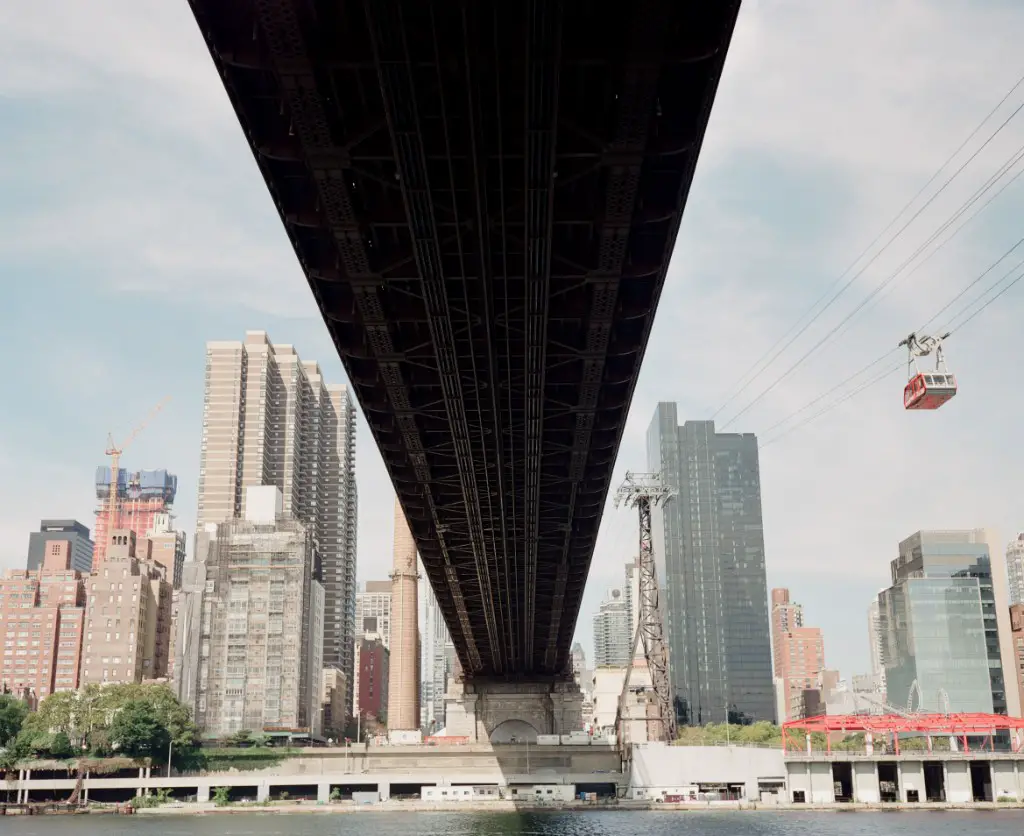
The Plaubel cameras were first introduced in Germany in 1902 by Hugo Schrader. The first Makina was introduced in 1912 – known for it’s awesome scissor control of the bellows. In the 70’s, the company was sold to the Japanese Kimio Doi Group which eventually brought back the Makina series with the 67 (80mm lens), W67 (55mm lens) and the 670 (80mm lens, but accepts 120 as well as 220 film stocks). The killer Nikkor 2.8/80mm lens on my 1982 Plaubel Makina 670 is crazy sharp. One of the best lenses I’ve ever used. The Copal 0 shutter handles speeds of 1-1/500 + bulb which have never been limiting.
In the hand
Weighing in at 1345 grams, my Makina 670 isn’t exactly a subtle camera, but compared to other systems in this class it’s about as compact as you can get. For a medium format camera, the Plaubel Makina 670 with collapsible lens is a stealthy piece of equipment. It folds down to a body just 56mm deep – actually thinner than any 35mm camera (with the lens attached) I have used. Aside from the army of 35’s, I’ve owned a couple Rolleiflex TLR’s, Zeiss Super Ikonta’s (folder / rangefinder), MF box cameras and Hasselblads in the past and I sold them all because I never clicked with these bulky systems. For the longest time, I felt like only 35mm would offer me the rangefinder and compact body I desired. But with the Plaubel Makina 670, I get to use a fairly compact camera with my beloved rangefinder viewfinder in the wicked 120/220 format that creates the most amazing 6×7 images.
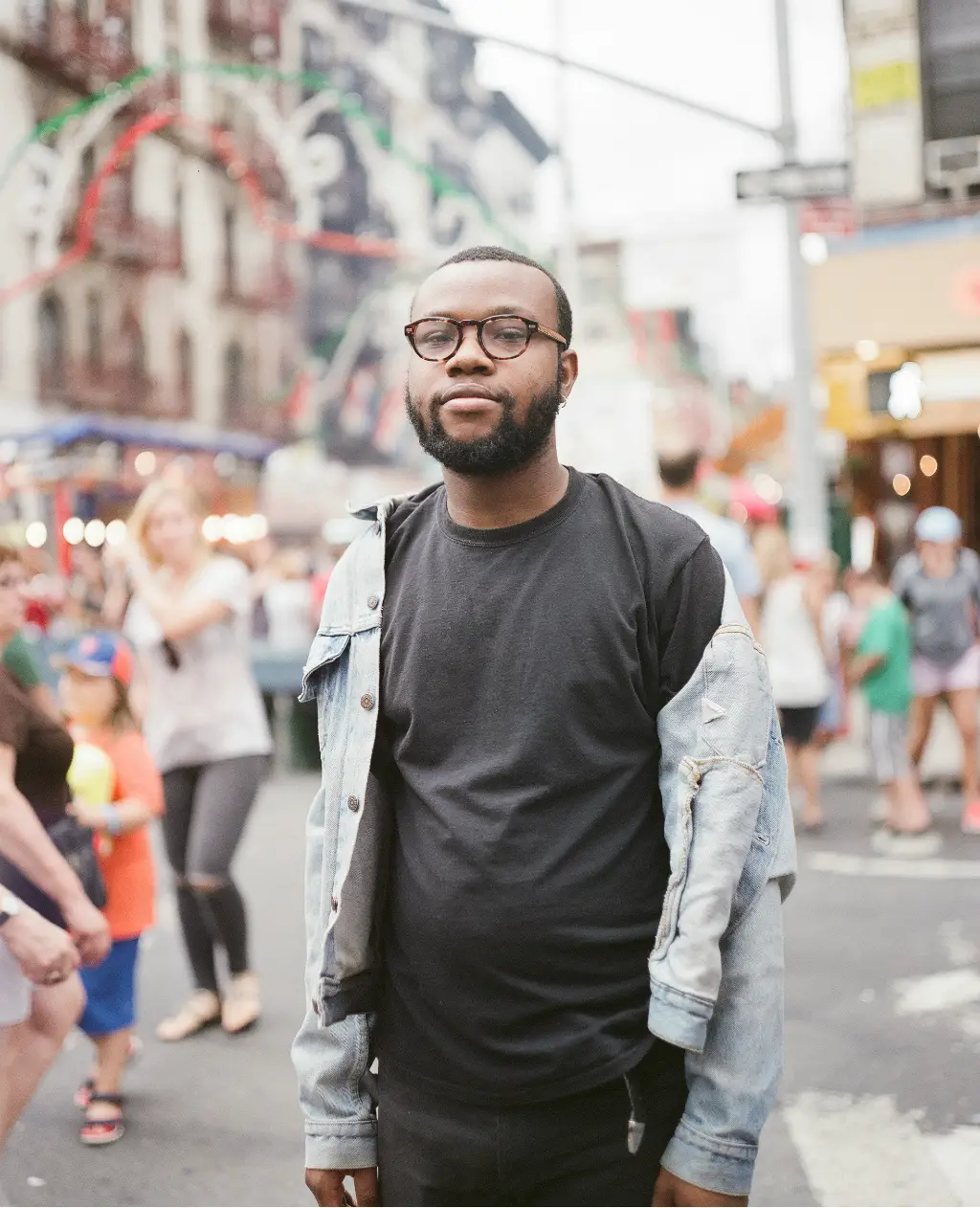
This camera can do things that would be a struggle with other medium formats – like one-handed performance. Plaubel decided to wrap the focus knob around the shutter release, rather than on the lens allowing you to compose, focus and shoot with just one hand. The Makina 670 focuses by moving the bellows in and out through the unique scissor design. The knob is weird to get used to, and as you get close to minimum focus distance, it gets more difficult to rotate. (I’ll be CLA’ing the camera this summer which should smooth this out.) Caveat to note: to close the bellows, focus must be set to infinity to put the scissors in the proper position.
The body is quite comfortable to hold as it’s ribbed for easier grip (there’s a joke in there somewhere). I’ve held a smooth bodied 67 and do prefer the ribbed design of the Makina 670. The shutter release gives quite the satisfying CLUNK when depressed, leaving no question that you snapped a photo. If you want to be stealthy, the Plaubel Makina 670 isn’t the camera for you. Once depressed, double-stroke the advance lever or you end up with triple exposed overlays:
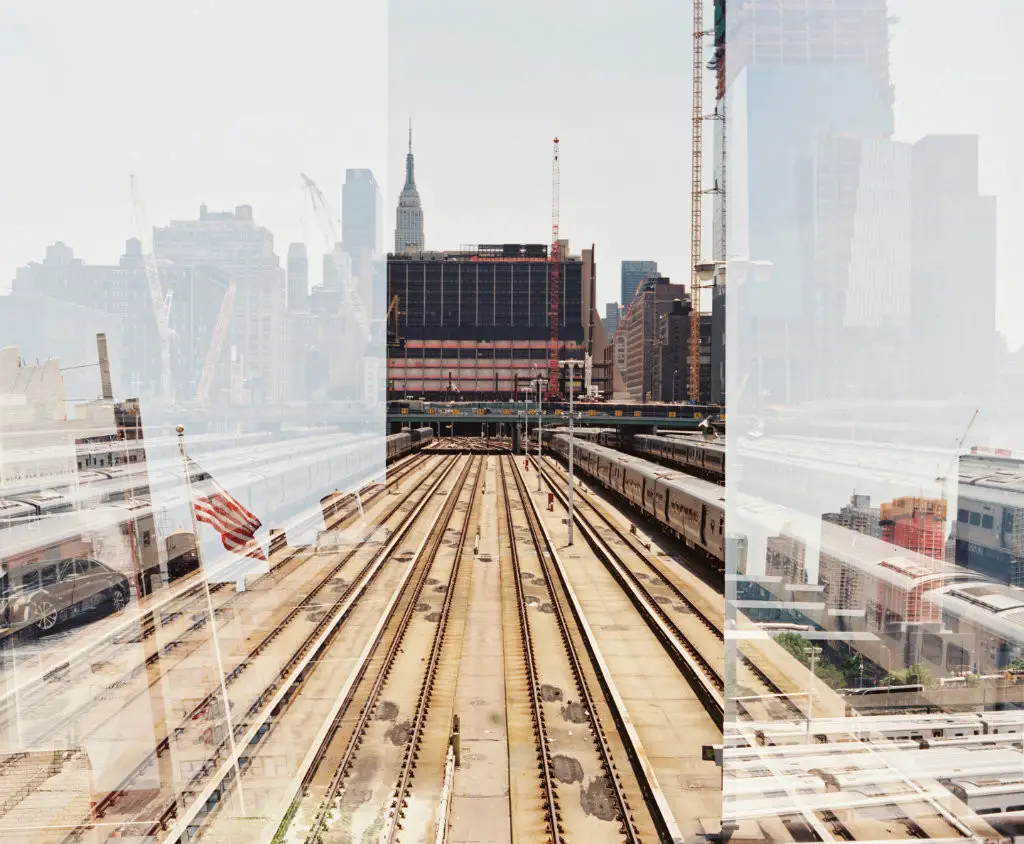
Shooting the Makina
You can load the Makina 670 with either 120 or 220 film (10 / 20 shots respectively). Just be sure to set the dial on top to the right one (so your counter is accurate), and also make sure you set the pressure plate inside to either 120 or 220 to adjust the tension for the roll. You load the film by hitting the little release buttons on the bottom to lower the bottom film holders. Once the film is in, just click the buttons back into place and you’re ready to roll.
Though the lens is quirky as hell, performance, as I’ve said, is out of this world. Coupled with medium format film you’ll be completely spoiled. F-stop and shutter speeds are set on thin, dials at the front of the lens. No clicks, so unlimited range from 2.8-22. If you choose to use the built-in light meter, you need to set your film speed on the bottom of the lens, using a near-impossible to rotate wheel to select the speed. I don’t bother with it though as I use an external spot meter.
So, how has the Makina 670 camera ruined 35mm film for me?
Well, I generally used 35mm film for the compact size and wonderful rangefinder bodies. (Think Leica M’s & Zeiss Ikon’s.) I used medium format for its gorgeous negatives. Until I tried the Makina 670, nothing crossed these two lines. The Mamiya 7 was close, but not it. When I picked up the wonderful Makina 670, I suddenly had 1) The use of the rangefinder in medium format that I loved 2) a beautiful compact body 3) an amazing fixed lens and 4) the jaw-dropping results of medium format.
After I began using this camera, I found that my 35mm cameras became more and more idle. Every time I would reach for a camera, the Plaubel Makina 670 would be the body of choice. The Leica’s would just sit. A roll of 36 exposures would take me months to go through. For me, 10 exposures is the perfect amount. Just 10, methodical exposures with a near 100% keeper rate. I often found myself comparing similar shots taken with 35mm Leica’s and with the 120 Makina and to my eye, there was no contest.
After quite a bit of soul-searching, I realized I was so spoiled by the Makina 670 that the 35mm format was no longer the format of choice for me. I sent all my 35mm bodies off to homes that would appreciate them and have begun to concentrate more on this camera and what it could do for me. This doesn’t mean I am closing the door on other formats – not at all. I have since grabbed a large format camera and still want to play around (review / giveaway) with other medium format and 35mm cameras here and there. Though I doubt any of the 35mm’s will be part of a permanent collection – I don’t deny the awesome compact size of them. For me though, nothing will replace the Makina.
In the words of Ferris Bueller, “It is so choice. If you have the means, I highly recommend picking one up.”
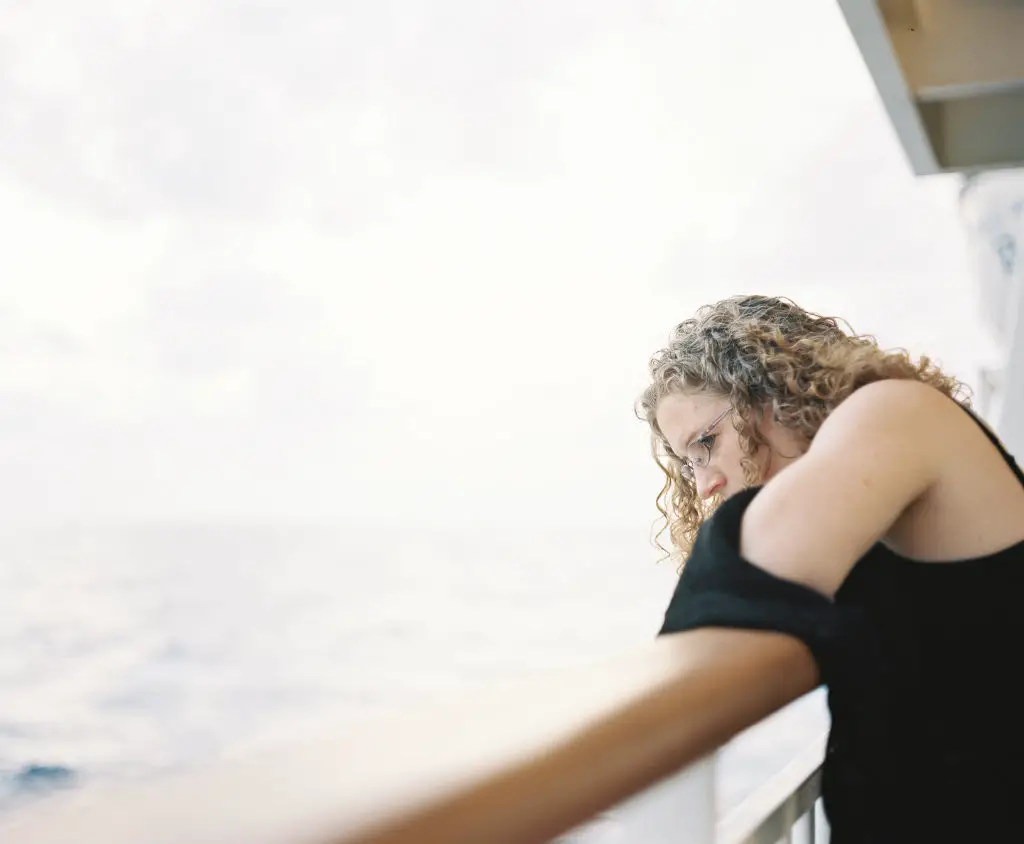
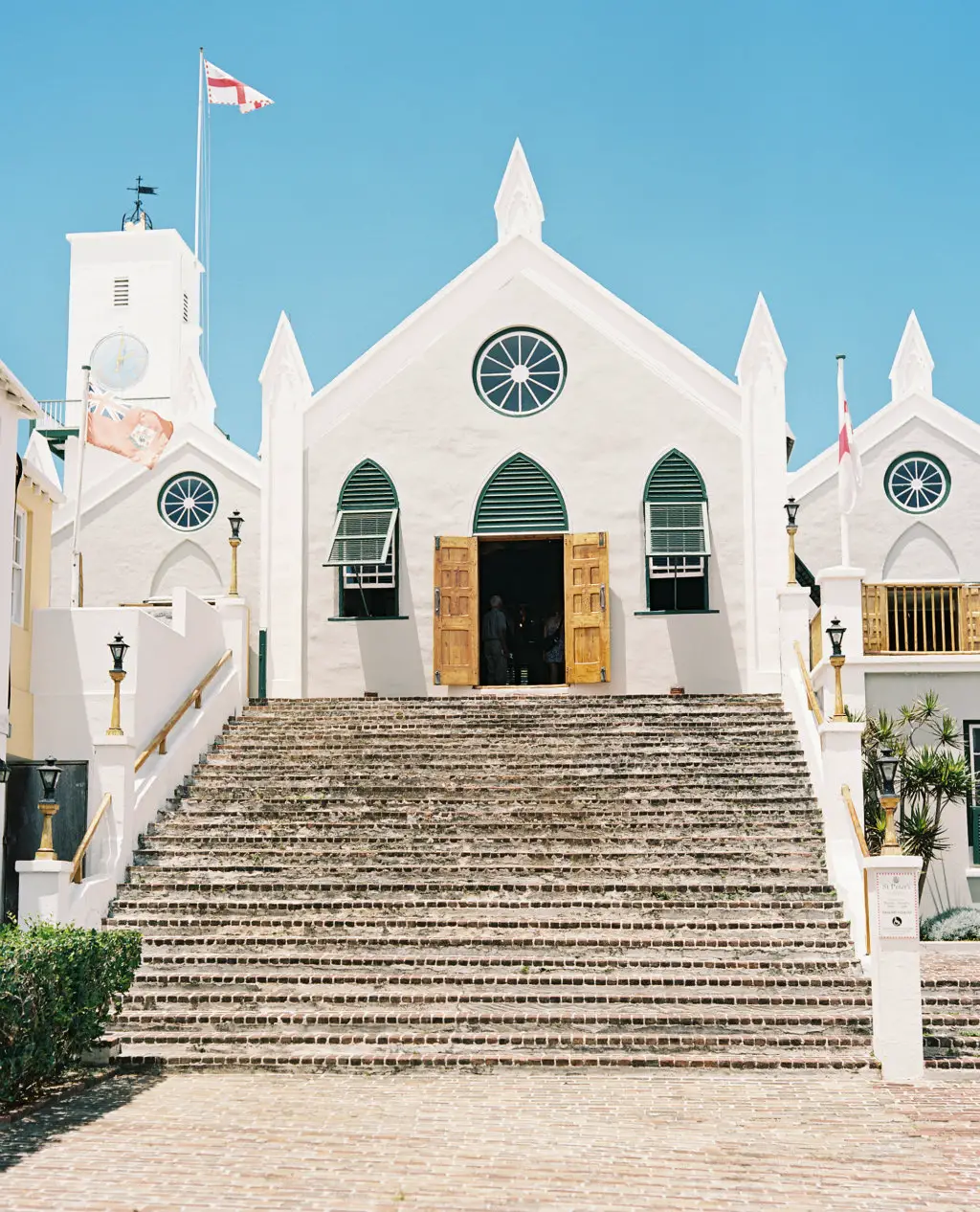
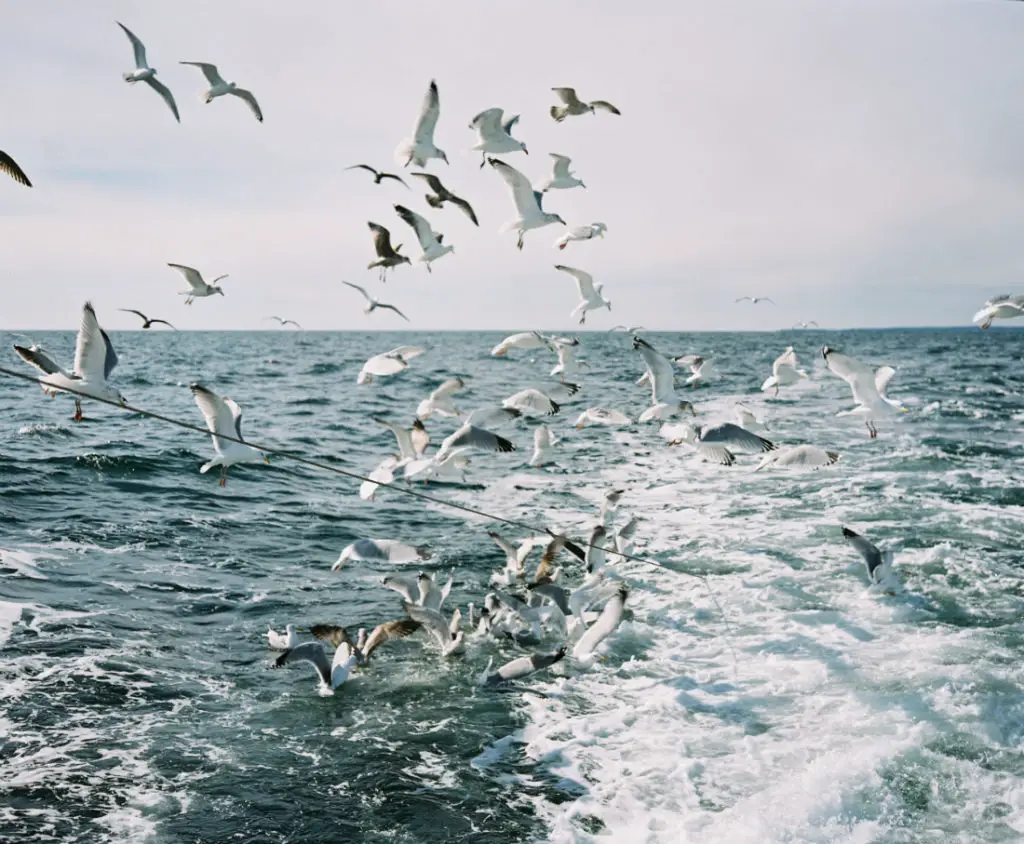
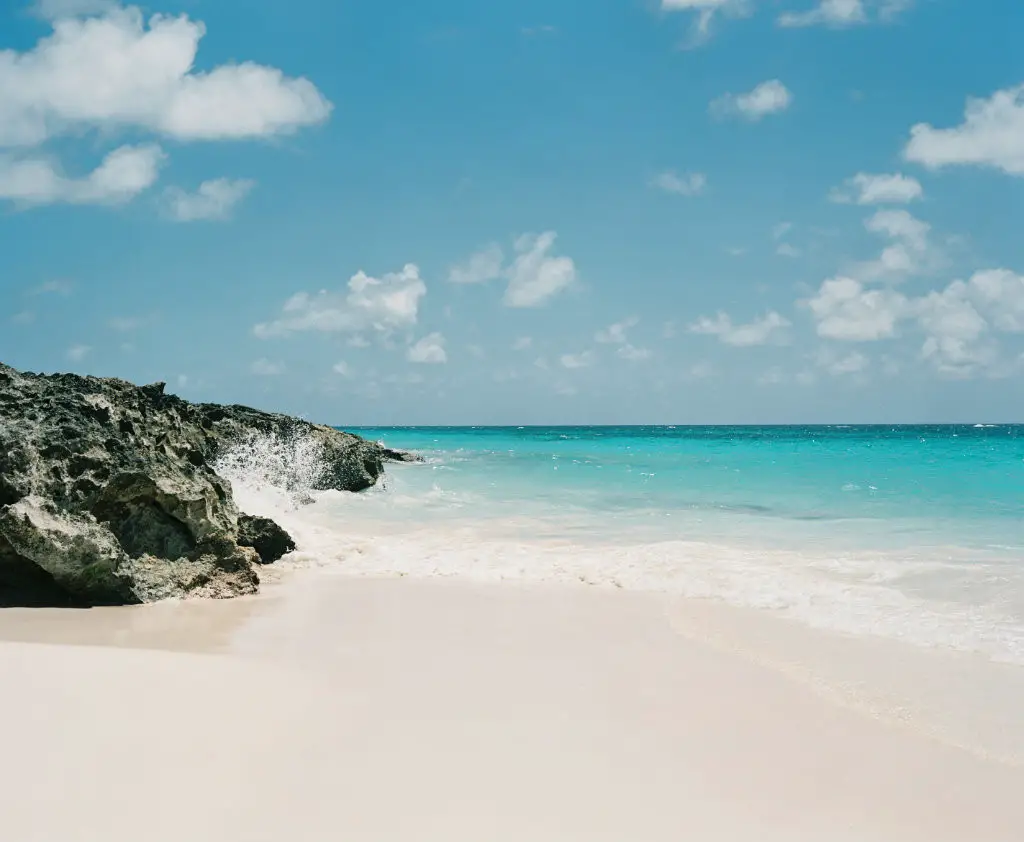
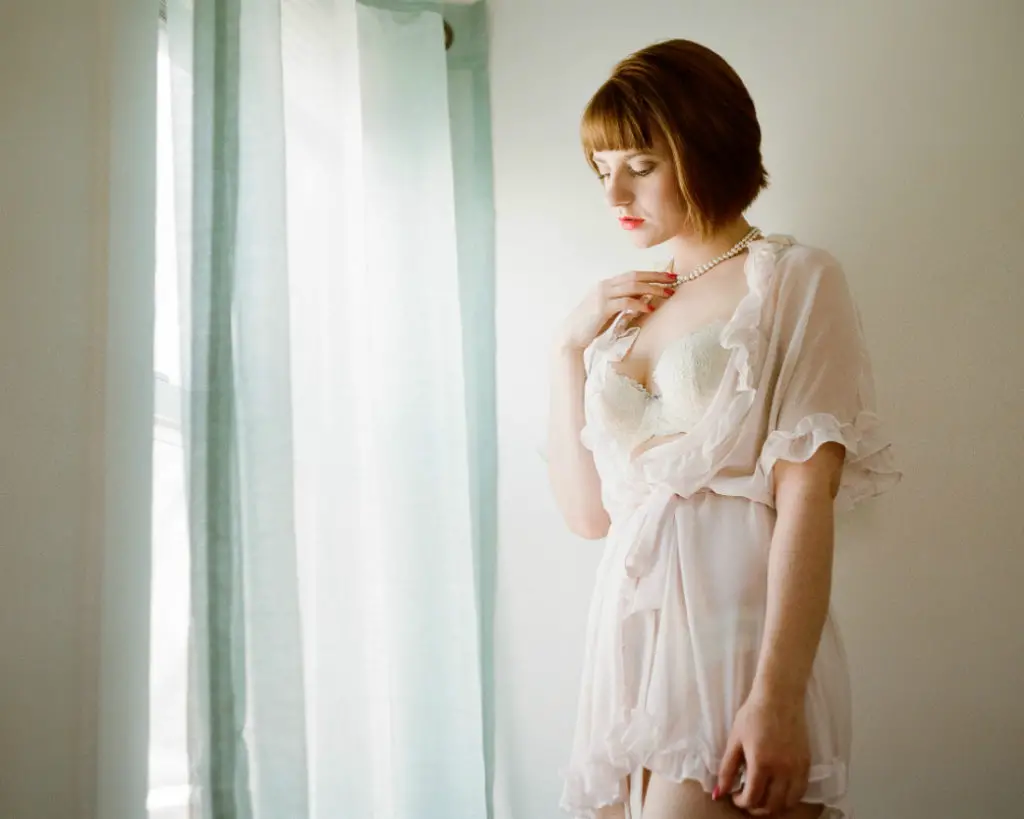

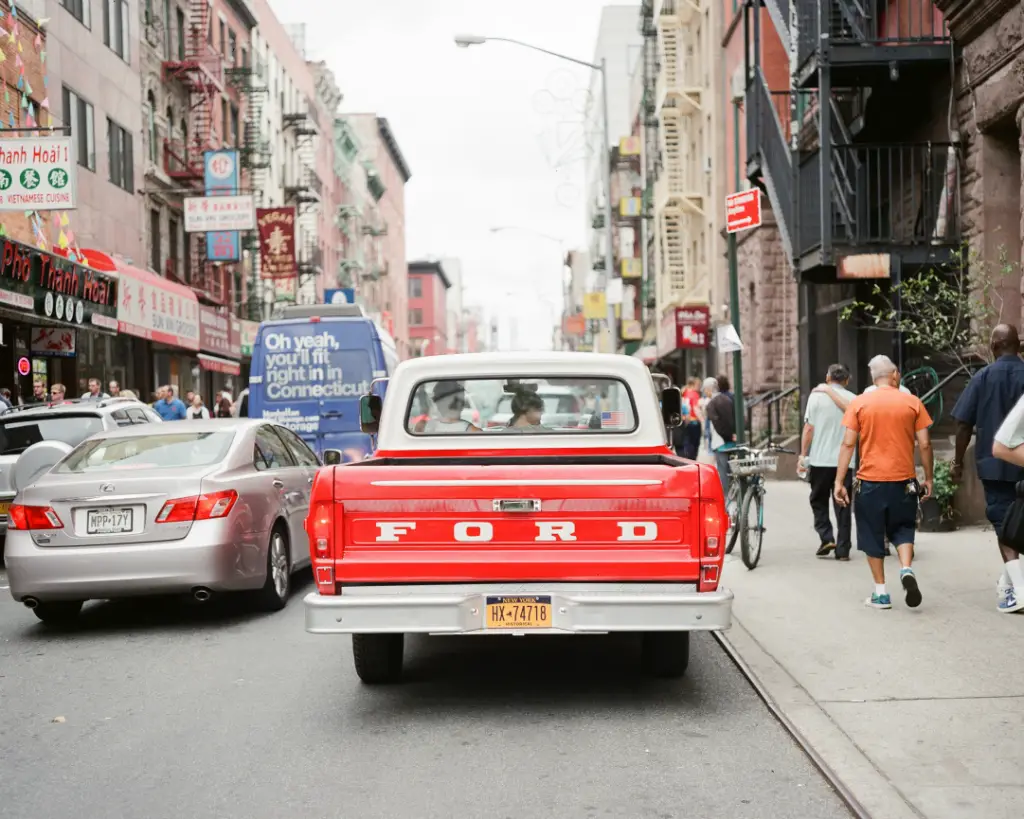
You can check out my latest work on my website, raylarose.com.
Share this post:
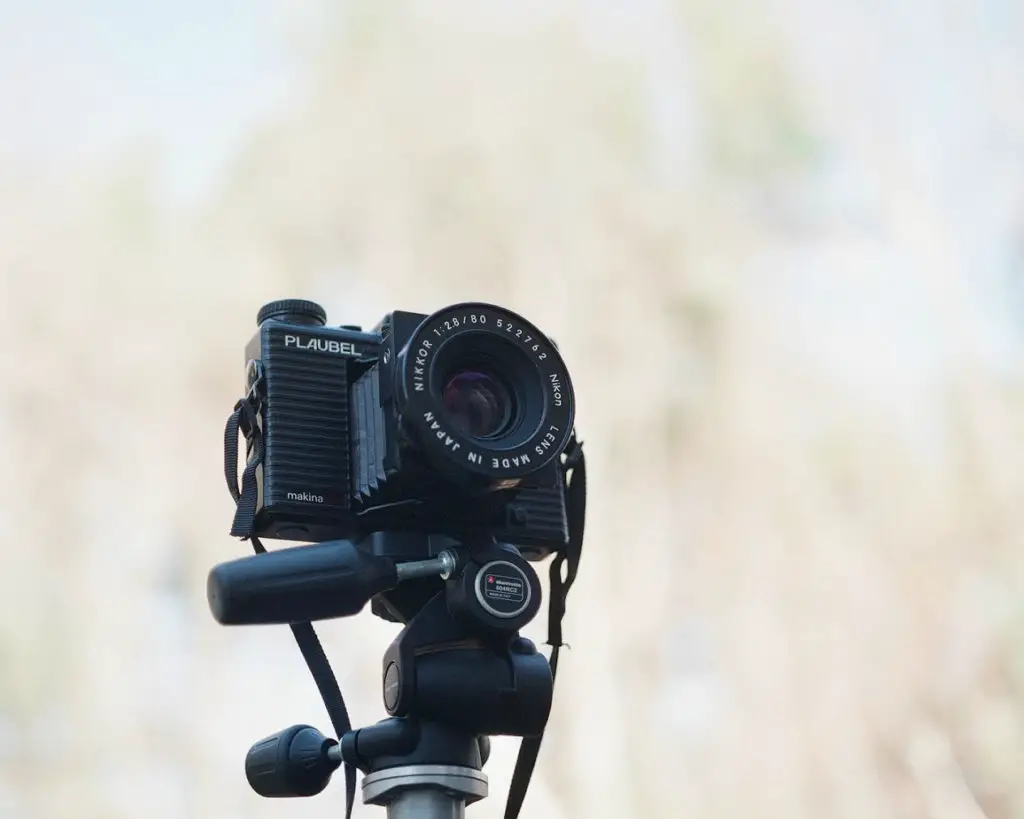








Comments
Hamish Gill on Plaubel Makina 670 Review – How it Killed my love of 35mm – by Ray Larose
Comment posted: 03/06/2016
I have wanted one of these for years... one day!!
Comment posted: 03/06/2016
Eduardo Romero on Plaubel Makina 670 Review – How it Killed my love of 35mm – by Ray Larose
Comment posted: 03/06/2016
Comment posted: 03/06/2016
Tony on Plaubel Makina 670 Review – How it Killed my love of 35mm – by Ray Larose
Comment posted: 03/06/2016
Comment posted: 03/06/2016
Comment posted: 03/06/2016
Comment posted: 03/06/2016
Comment posted: 03/06/2016
Comment posted: 03/06/2016
Comment posted: 03/06/2016
Comment posted: 03/06/2016
Comment posted: 03/06/2016
Blinx on Plaubel Makina 670 Review – How it Killed my love of 35mm – by Ray Larose
Comment posted: 03/06/2016
I've looked at a Makina a few times but they're a little hefty as an every day camera. The lenses are beautiful, though.
Comment posted: 03/06/2016
Vernon on Plaubel Makina 670 Review – How it Killed my love of 35mm – by Ray Larose
Comment posted: 03/06/2016
Comment posted: 03/06/2016
Neilson on Plaubel Makina 670 Review – How it Killed my love of 35mm – by Ray Larose
Comment posted: 03/06/2016
Comment posted: 03/06/2016
Comment posted: 03/06/2016
Comment posted: 03/06/2016
Francois on Plaubel Makina 670 Review – How it Killed my love of 35mm – by Ray Larose
Comment posted: 03/06/2016
Comes down to how you use your camera, medium format is slower than 35 and 4 X 5 even slower. Price point the Plaubel 67 is in the 1500-2000 US, which is around the cost of Mamiya 6 with 75mm, a bit lower than Mamiya 7 with 80mm and more expensive than a Fuji 690.
Make sure you the seals are Ok on the Plaubel or replace them, those cameras were made in the late 70s early 80s.
Repairs are in the range of Leica, you can still have them repaired by Plaubel in Germany, in the US there was a shop in NY that repaired them. In Canada, forget about it, as for the UK couldn't tell.
The other difference is that the Mamiya 7 (less the 6) and Fuji have a "plastic" feeling to them where the Plaubel feels solid, similar when you compare and M to Zeiss Ikon or Voigtlander, great cameras but with a different feel.
At the end of the day, what counts is the result you print!
Comment posted: 03/06/2016
Neilson on Plaubel Makina 670 Review – How it Killed my love of 35mm – by Ray Larose
Comment posted: 03/06/2016
https://flic.kr/s/aHskiqu4yc
Comment posted: 03/06/2016
Laidric Stevenson on Plaubel Makina 670 Review – How it Killed my love of 35mm – by Ray Larose
Comment posted: 03/06/2016
Comment posted: 03/06/2016
Saptarshi Guha on Plaubel Makina 670 Review – How it Killed my love of 35mm – by Ray Larose
Comment posted: 03/06/2016
I have a Plaubel 67 and it has been my go to camera. I love the rangefinder and medium format feel combined. I've been toying with the idea of selling the 35mm leica m7 but the attached lovely zeiss 50mm Sonnar keeps me from selling it . I'd still shoot 35mm for the XPAN.
Some Plaubel pictures at the bottom of the page: http://people.mozilla.org/~sguha/blog//2016/02/08/bangaloretravels.html
and some more (in the middle of the page): https://people.mozilla.org/~sguha/blog//2016/02/06/xpancal.html
and lastly: https://people.mozilla.org/~sguha/blog//2015/09/11/plaubel1.html
Some plaubel
Comment posted: 03/06/2016
Daniel Fjäll on Plaubel Makina 670 Review – How it Killed my love of 35mm – by Ray Larose
Comment posted: 03/06/2016
I really liked the pictures. That camera seems to have found a really nice home.
Comment posted: 03/06/2016
Todd Walderman on Plaubel Makina 670 Review – How it Killed my love of 35mm – by Ray Larose
Comment posted: 04/06/2016
Comment posted: 04/06/2016
jeremy north on Plaubel Makina 670 Review – How it Killed my love of 35mm – by Ray Larose
Comment posted: 05/06/2016
Comment posted: 05/06/2016
Michael Rennie on Plaubel Makina 670 Review – How it Killed my love of 35mm – by Ray Larose
Comment posted: 22/06/2016
Comment posted: 22/06/2016
Federico on Plaubel Makina 670 Review – How it Killed my love of 35mm – by Ray Larose
Comment posted: 28/07/2016
Comment posted: 28/07/2016
Comment posted: 28/07/2016
Comment posted: 28/07/2016
Comment posted: 28/07/2016
Comment posted: 28/07/2016
Comment posted: 28/07/2016
Comment posted: 28/07/2016
Comment posted: 28/07/2016
Comment posted: 28/07/2016
Todd Walderman on Plaubel Makina 670 Review – How it Killed my love of 35mm – by Ray Larose
Comment posted: 29/07/2016
Todd Walderman on Plaubel Makina 670 Review – How it Killed my love of 35mm – by Ray Larose
Comment posted: 29/07/2016
e m campbell on Plaubel Makina 670 Review – How it Killed my love of 35mm – by Ray Larose
Comment posted: 21/10/2016
Comment posted: 21/10/2016
Bob Dungan on Plaubel Makina 670 Review – How it Killed my love of 35mm – by Ray Larose
Comment posted: 14/07/2017
Konstantinos Besios on Plaubel Makina 670 Review – How it Killed my love of 35mm – by Ray Larose
Comment posted: 01/10/2017
DAvid m Burke on Plaubel Makina 670 Review – How it Killed my love of 35mm – by Ray Larose
Comment posted: 11/04/2019
I own this camera which replaced my Mamiya 7II. I also have the hand grip which makes a huge difference holding the camera. The Mamiya 7-2 might seem sharper but at a f stop of 8 the Makita is amazing. I use the Monopod and hand grip with this camera to minimize movements. Medium format Film, in my opinion , "if you take into account the price of storage of data" is better than digital Medium format. One only high def scan the pictures ($10.00 each high def scan) to be used for printing and the rest of the negatives could be economically stored in a plastic envelope. Love the compactness, fits my vest pocket and easy to extend the lens for shooting. Thank you for this review!! D (The Mamiya 7II with its lenses is way to bulky when you travel.
Cheyenne Morrison on Plaubel Makina 670 Review – How it Killed my love of 35mm – by Ray Larose
Comment posted: 03/06/2019
https://lanoirimage.com/rachmael-pendragon-faces-of-new-york/
David on Plaubel Makina 670 Review – How it Killed my love of 35mm – by Ray Larose
Comment posted: 20/03/2022
Comment posted: 20/03/2022
Comment posted: 20/03/2022
Comment posted: 20/03/2022
Comment posted: 20/03/2022
Comment posted: 20/03/2022
Ed on Plaubel Makina 670 Review – How it Killed my love of 35mm – by Ray Larose
Comment posted: 28/02/2023
Comment posted: 28/02/2023